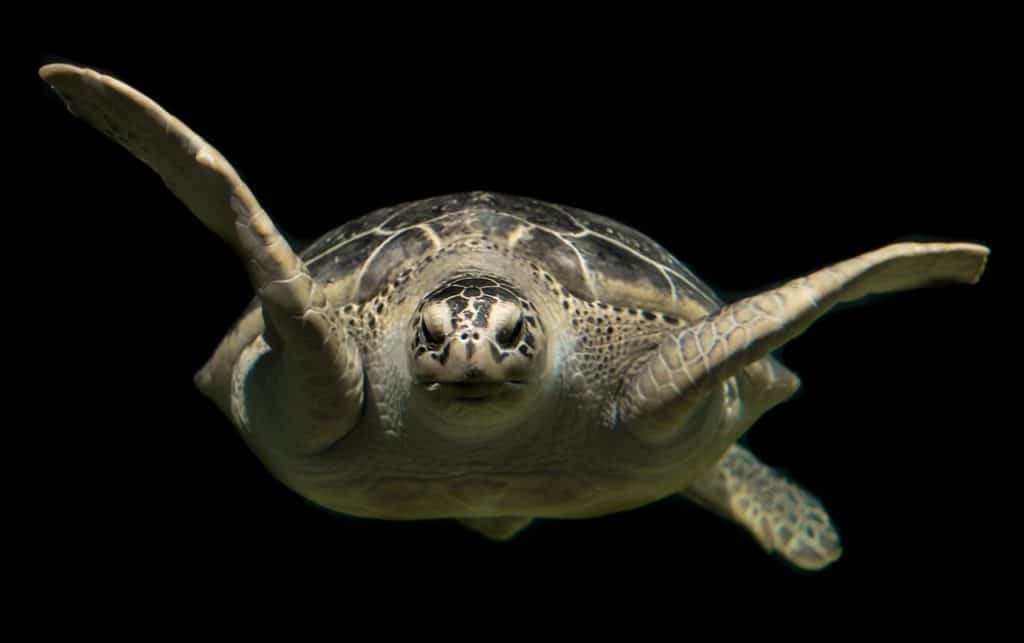
Costa Rica’s dual coastlines along the Pacific Ocean and Caribbean Sea create a unique haven for sea turtles, making it one of the few places on Earth where visitors can witness nesting and hatching on such a grand scale. The country’s commitment to eco-tourism and its vast network of protected national parks elevate its status as a turtle lover’s paradise.
Whether you’re drawn to the massive leatherbacks or the synchronized arribadas of olive ridleys, timing your visit right and knowing where to go will unlock an unforgettable experience. Costa Rica, one of the most biodiverse countries in the world, is home to five main species of sea turtles: Leatherback, Green, Olive Ridley, Hawksbill, and Loggerhead—all endangered, yet thriving here thanks to dedicated conservation efforts.
The best time of year to see turtles in Costa Rica depends on the species you’re hoping to encounter. For Olive Ridley turtles, the peak nesting season spans June to December along the Pacific coast, with Tortuguero National Park being a prime spot. Leatherback turtles are best seen from February to April on the Pacific coast and March to July on the Caribbean coast.
Hawksbill turtles grace the Caribbean shores from May to September. With dozens of nesting beaches, Costa Rica is a true sea turtle paradise and one of the best places globally to spot these charming creatures. Here’s everything you need to know about these incredible reptiles and how to witness their life cycle firsthand.
The 5 Species of Turtles in Costa Rica
1. Leatherback Sea Turtles
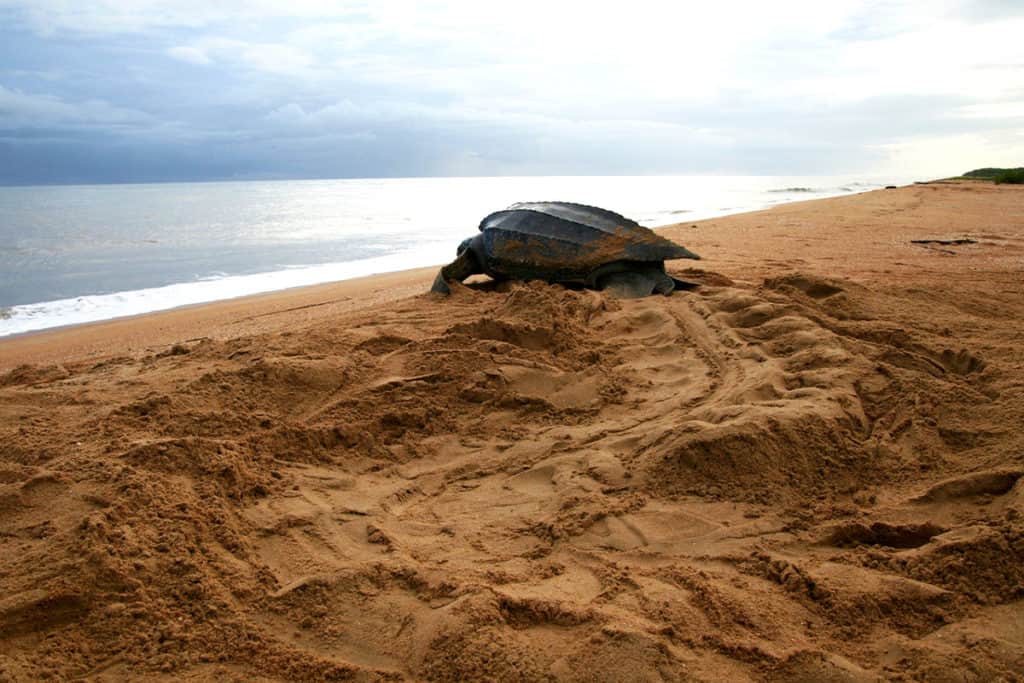
The leatherback is the largest living marine turtle, reaching lengths of 6 feet and weighing up to 2,000 pounds. Unlike most turtles, it lacks a hard shell; its carapace is covered with a leathery mix of flesh and oily skin. These oceanic giants roam the open sea, diving to depths of 3,000 feet to feast almost exclusively on jellyfish. Their migrations are legendary, spanning thousands of miles across oceans, yet they return faithfully to Costa Rica’s shores to nest.
Where to See: Las Baulas National Marine Park—named for the leatherback turtles or las baulas—in Playa Grande on the Pacific coast is the prime nesting and hatching site, hosting around 800 leatherbacks annually, making it the second-largest nesting location worldwide. On the Caribbean side, Tortuguero National Park and Gandoca-Manzanillo Wildlife Refuge welcome leatherbacks during their off-season from the Pacific.
Hatching Season: On the Caribbean coast, leatherbacks lay eggs between March and May, with hatching from April to September. On the Pacific coast, nesting peaks from September to March, and hatchlings emerge from January to May.
2. Green Sea Turtles
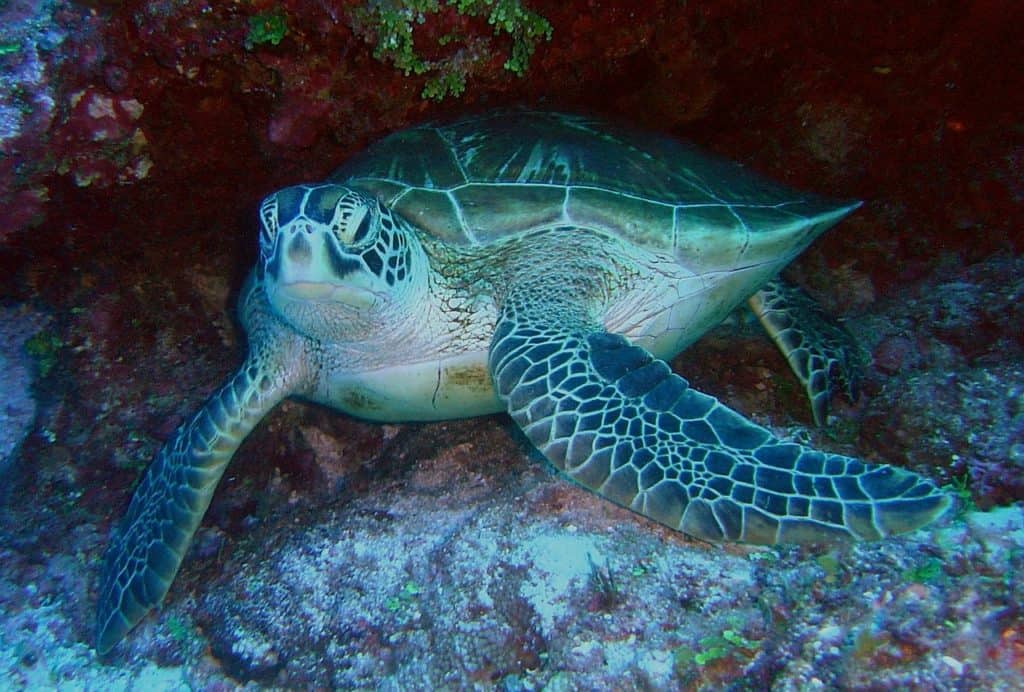
Though smaller than leatherbacks, green sea turtles are still impressive, growing up to 5 feet and weighing 500 pounds. Their name reflects their greenish skin, not their carapace, which varies from grey to brown or black. These turtles prefer shallow lagoons, grazing on seagrass—a diet that supports healthy marine ecosystems. Uniquely, they’re one of the few sea turtle species to bask on land outside of nesting season, soaking up the sun like reptilian sunbathers.
Where to See: Tortuguero National Park on the northern Caribbean coast is a global hotspot for green sea turtles, drawing large nesting colonies. It’s a cornerstone of Costa Rica’s turtle legacy.
Hatching Season: Peak nesting occurs from June to October. Visit between July and December to see hatchlings making their daring dash to the sea.
3. Olive Ridley Sea Turtles
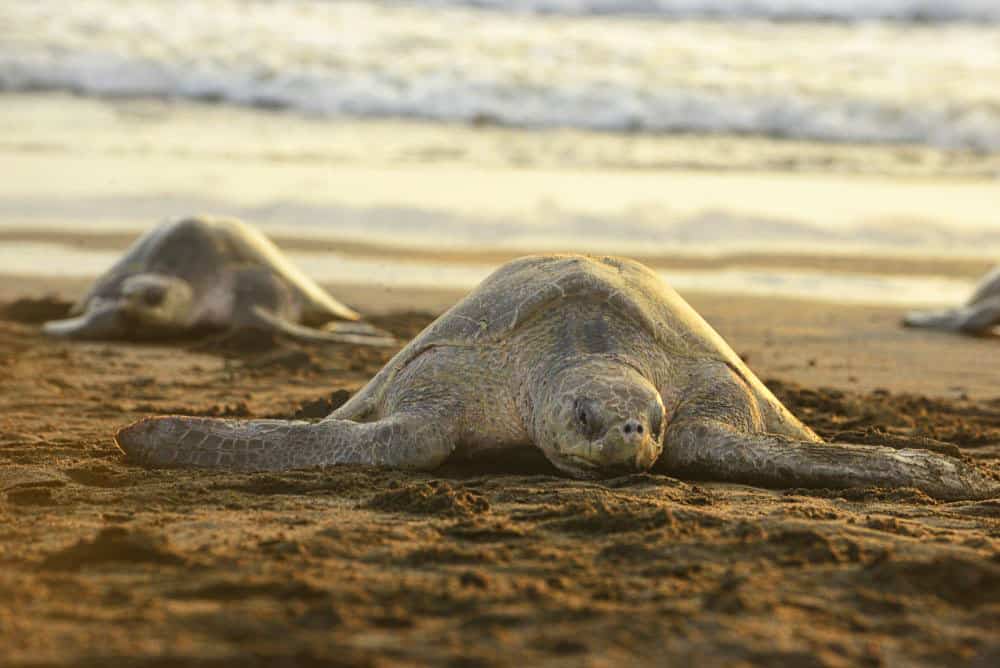
The olive ridley, or Pacific ridley, is one of the most abundant sea turtle species globally, typically measuring 2 feet and weighing 75-100 pounds. These open-ocean dwellers are mostly carnivorous, dining on jellyfish, snails, crabs, and shrimp. They’re famous for their mass nesting events called arribadas, where up to 20,000 turtles may nest on a single beach in one night—a phenomenon unique to a few locations, including Costa Rica. Picture a beach alive with movement, a symphony of flippers and shells under the new moon’s glow.
Where to See: Ostional Wildlife Refuge and Santa Rosa National Park on the Pacific coast are top spots. Playa Ostional, Playa Samara, and Playa Nancite offer front-row seats to arribadas.
Hatching Season: Nesting occurs year-round but peaks from July to November. Hatchlings emerge from October to January, with smaller hatches continuing for months.
4. Hawksbill Sea Turtles
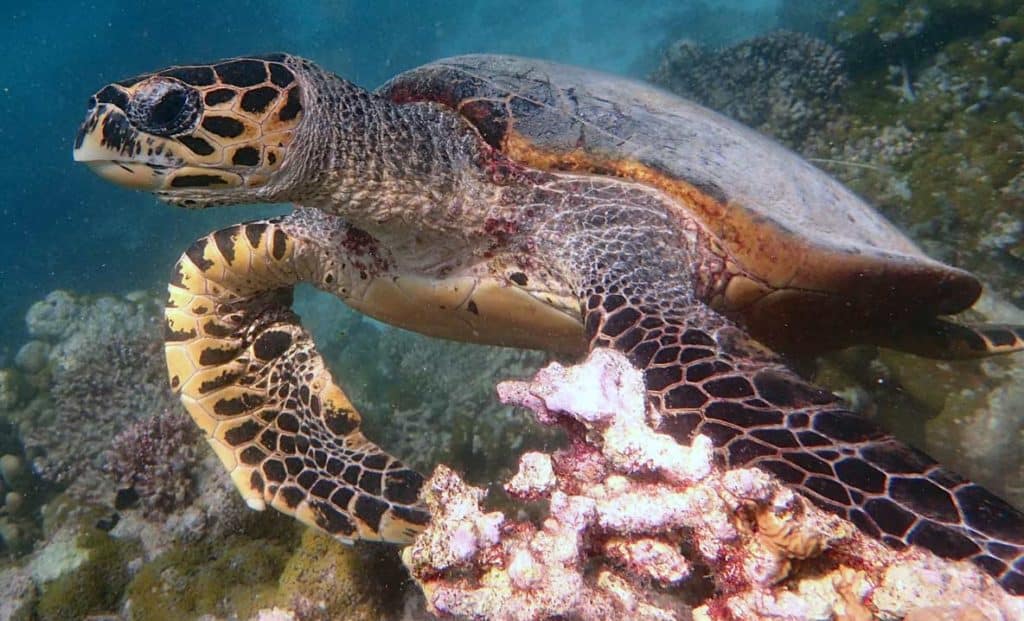
Named for their hawk-like hooked bills, hawksbills are medium-sized, averaging 3 feet and 100-150 pounds. They stick to coastal waters, feeding on sea sponges that keep coral reefs in balance. Their stunning shells—dark to golden brown with streaks of orange, red, and black—have made them targets for the illegal tortoiseshell trade, leaving them critically endangered.
Where to See: Hawksbills nest primarily on Caribbean beaches like Tortuguero National Park, though they’re also spotted off Golfo Dulce, Cahuita National Park, and Gandoca-Manzanillo Wildlife Refuge.
Hatching Season: March to October is the best window to see nesting and hatching.
5. Loggerhead Sea Turtles
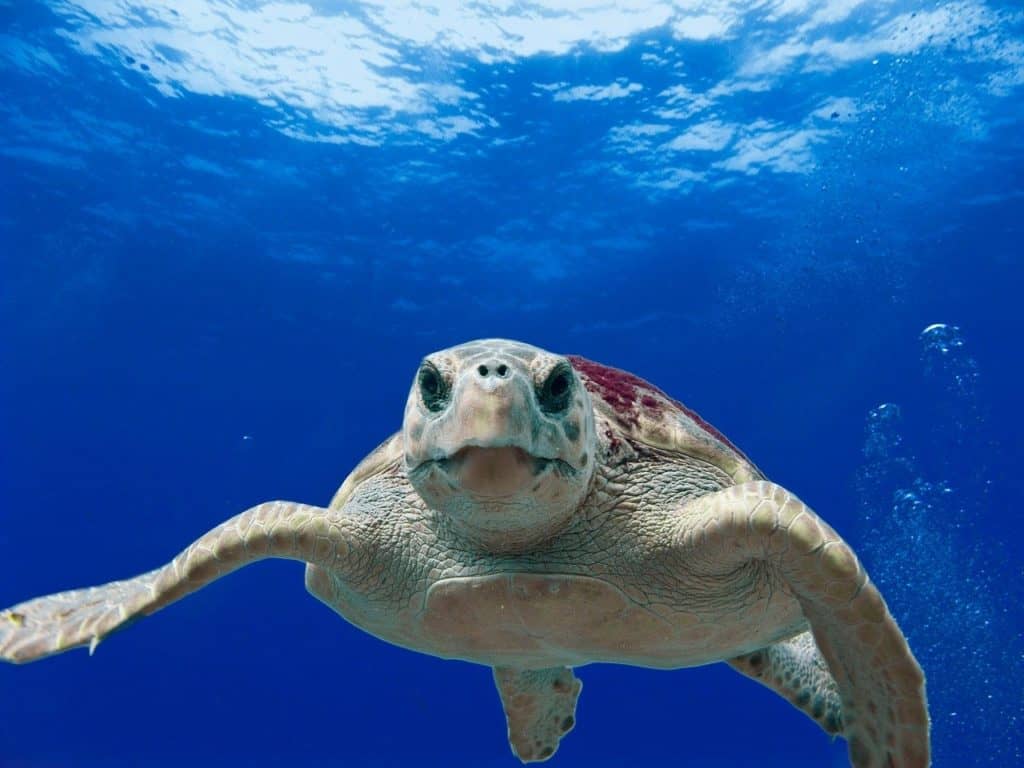
Loggerheads, named for their oversized heads, are the world’s largest hard-shelled turtles, often exceeding 3 feet and weighing up to 440 pounds. Their powerful jaws crush hard-shelled prey like clams, crabs, mussels, and sea urchins. While less common in Costa Rica than other species, their presence adds to the country’s turtle diversity.
Where to See: Tortuguero National Park and Barra de Pacuare on the Caribbean coast are key destinations.
Hatching Season: Hatchlings emerge from May to August.
Conservation Efforts in Costa Rica
Costa Rica has implemented robust measures to protect its sea turtles. Protected nesting beaches, anti-poaching patrols, and community-led programs safeguard these species, whose populations have declined 90% in recent decades. Organizations like the Sea Turtle Conservancy collaborate with locals to monitor nests and educate visitors. Ecotourism revenue funds these efforts, replacing income once gained from illegal egg and meat harvests. Local communities near Ostional, for instance, participate in sustainable egg collection during arribadas, balancing tradition with conservation.
Threats and Challenges
Despite progress, Costa Rica’s turtles face significant threats. Coastal development encroaches on nesting habitats, while fishing nets unintentionally trap turtles as bycatch. Climate change compounds the issue—rising sand temperatures can skew hatchling gender ratios, potentially creating all-female populations. Litter, especially plastic bags mistaken for jellyfish, poses a lethal risk. Visitors must tread lightly to avoid adding to these pressures.
The Turtle-Watching Experience
Imagine standing on a moonlit beach at Tortuguero, the air thick with anticipation as dozens of tiny hatchlings break through the sand. Their flippers carve delicate tracks as they scramble toward the waves, guided by instinct and the sea’s shimmer. Guides whisper instructions, ensuring your presence doesn’t disrupt this ancient ritual. It’s a humbling reminder of nature’s resilience—and our duty to protect it. Whether it’s leatherbacks lumbering ashore or olive ridleys in an arribada, the spectacle is pure magic.
Turtle-Watching Tips
Witnessing this marvel requires respect and preparation:
- Avoid lights (including camera flashes)—hatchlings follow the horizon’s glow, and artificial light can disorient them.
- Keep a 35-foot distance and never block their path to the sea.
- Stay quiet and avoid sudden movements—undisturbed nests have over 90% hatching success, while disturbed ones drop below 25%.
- Many beaches, like Tortuguero and Ostional, close after 6 pm, allowing only guided tours. Book these in advance, wear dark clothing, and bring binoculars for a closer view without intrusion.
- Check park rules, as some areas may close unexpectedly to protect nests.
How Do Sea Turtles Hatch?
Female turtles dig holes 1-2 feet deep with their hind flippers, laying round, soft-shelled eggs. Sand temperature determines gender—below 81°F yields males, above 86°F yields females, and in between mixes both. After burying the eggs, females return to the sea, leaving hatchlings to fend for themselves. About two months later, hatchlings use a special tooth (caruncle) to break free, lingering in the nest for days before digging upward. At night, when it’s cooler and predators are fewer, they emerge in unison, creating “turtle boils”—a frenzied rush to the sea guided by moonlight reflections.
Final Thoughts
Costa Rica offers a front-row seat to one of nature’s most awe-inspiring cycles. Whether cheering on hatchlings or marveling at nesting giants, you’re part of a story of survival and stewardship. Visit responsibly, support conservation, and share the wonder of Costa Rica’s turtles with the world.

